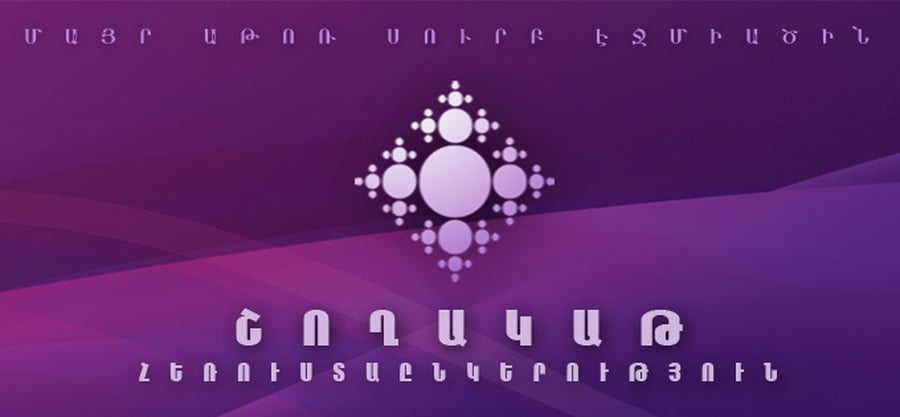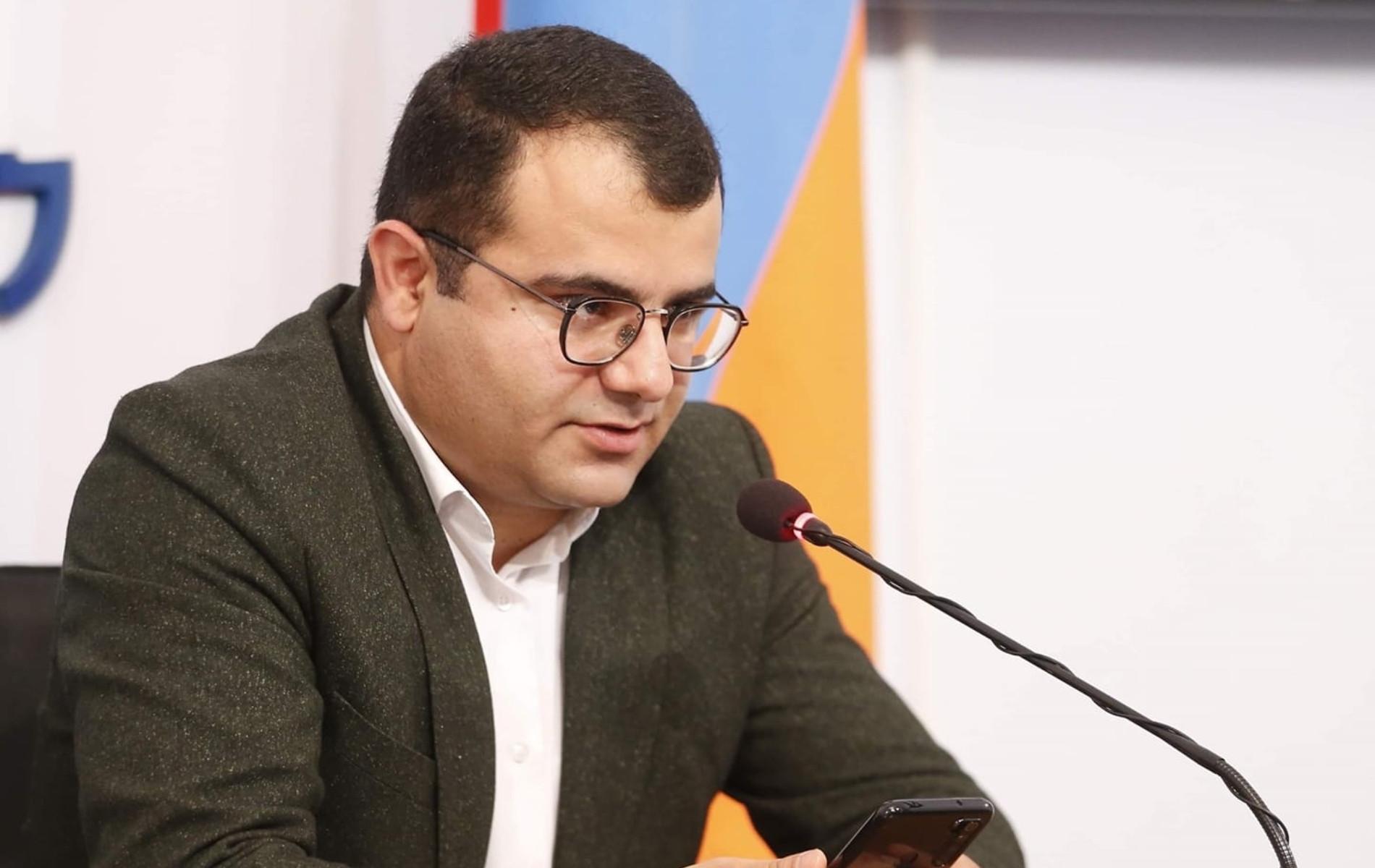May 17, 2010
On May 12 the RA Ministry of Economy presented the draft law “On Introducing Amendments to RA Law ‘On Television and Radio’”. The draft, with certain modifications, was approved at the session of the RA Government on May 13. The Government also ruled that the draft was of urgent importance, and it was submitted to the Parliament in accordance with the procedure prescribed.
The circumstances attending the draft law submission and its content cause a number of questions and concerns. These are in particular:
1. The haste with which the draft was developed and qualified as urgent is being justified with the need of digitalization in Armenia and the following legal regulation of this process. In this case the format of the document proposed remains unclear. It does not show distinctly which provisions of the acting law are amended, removed or expanded. This impedes the conductance of effective public discussion within a short time span. At the same time, the RA National Assembly deputies would not have time to study the amendments thoroughly, either.
2. The overall content of the draft does not reflect the activities that require two years to be implemented. Moreover, the preliminary analysis shows that this draft law could have been developed and presented as far back as in 2008, when broadcast licensing competitions were envisaged for a number of frequencies. This comes to reaffirm our previous statements that the amendment made to the RA Law “On Television and Radio” on September 10, 2008, which suspended the broadcast licensing competitions for two years, was unjustified. The suspension of broadcast licensing competitions damaged greatly the diversity and freedom of competition at the Armenian TV market. The study of the new draft law does not show any crucial and new approaches that were supposedly to be introduced by it. Meanwhile, it can become an obstacle for the implementation of the judgment of the European Court of Human Rights of June 17, 2008, regarding the case of “Meltex” LLC (the founder of “A1+” TV company), as well as a number of PACE resolutions, including Resolution 1620 (2008).
3. While the draft law does offer several new notions (multiplex, multiplexer, digital broadcasting network, etc.), it still does not provide mechanisms for regulating the relations between the entities involved in digital broadcasting and the process of digitalization. Those are the provisions that should have been the main innovations in the concept of digitalization and in this draft law; it is through them that the two-year suspension in licensing competitions could have been somehow justified.
4. Both the draft law and the Concept Paper on Digitalization of Television Broadcasting, adopted in November 12, 2009, do not include the principles for the envisaged social package, the types of licenses to be provided to TV companies as determined by these principles and grounds for their provision. The draft law does not dwell on the structure of investments required from the broadcasters, as well as on a number of other important issues.
5. While being motivated by the need for legislative provisions for the broadcast digitalization, the draft law nevertheless contains provisions that are not in any way related to digitalization, which have several times before been put for the consideration, were criticized by the public and were rejected by the parliament. Thus, for example, the draft mitigates the limitation for commercial advertising on Public TV and Radio Company (Article 26), saying “(…) Commercial advertising on Public TV and Radio Company must not exceed 7% of the total programming” that has come to replace the previous 5% requirement, with the ban on interrupting the programs of Public TV and Radio Company being lifted. This amendment is unacceptable since the public has a right to see/hear the programs of the public service broadcaster, established by Article 27 of the RA Constitution, without commercial interruptions.
At the same time, contrary to the public opinion, other advertising restrictions are mitigated, too (Article 60, Clause 11).
6. Similarly to the previous draft laws this one, too, is trying to adjust to the realities that already exist. Thus, Article 47 of the draft states that “Through digital broadcasting network two TV channels of the Public TV and Radio Company of national spread are broadcast, one of them of general nature, the other – cultural”. It is obvious that this clause simply records the two channels already existing in Armenia, without offering the public service broadcaster new ways for development. Moreover, by defining the profiles for 18 potential broadcasters, the existing situation was in fact recorded, too. This is accompanied by the removal of Article 48 of the Law, titled “List of Frequencies”, according to which the National Commission on Television and Radio at least once a year publishes a comprehensive list of frequencies and announces licensing competition for the vacant ones. This withdrawal means in essence that the broadcasting network will be limited to this 18 TV channels, thus, the adoption of the draft law would result in the reduced diversity of the TV air, and it is not clear how the resources for digital broadcasting would be used upon the completion of the transitional period. The Recommendation of the CoE Committee of Ministers (2003) 9 should be recalled here, according to which the digitalization should not occur at the expense of diversity. The same principle is recorded in a number of important documents, in particular, PACE Resolution 1643 (2009) dedicated to the functioning of democratic institutes in Armenia.
The Article 47 of the draft notes that the entity in charge of creating, maintaining and using the digital broadcasting network, as well as its functions, is established through a decree of the RA Government. Preceding from the principle of legal certainty it would have been efficient to have a draft for Governmental decree enclosed with the draft law to ensure legal and economic predictability.
7. At the same time the draft does not solve crucial issues that are consistently pointed out by journalistic associations and international organizations.
Thus, the draft introduces no changes into Article 23, dealing with satellite broadcasting. Its possibility remains contingent on having air broadcasting in Armenia. Meanwhile, under the present circumstances the satellite broadcasting was to be defined as purely a contractual relationship between two economic entities – an appropriate satellite agency and any natural or legal person that implements the broadcasting. Thus, by the existing law the NCTR is entitled to interfere with these relations and license the use of a resource that is completely out of its mandate.
By the amendments of the RA Constitution it is envisaged to expand the competence of the National Commission on Television and Radio, including in it the regulation and supervision over the activities of the public service broadcaster. Yet the authors of the draft once again failed to use the opportunity to prescribe the mechanisms of this regulation.
Like before, the public and political diversity of NCTR composition is not ensured neither is the public participation in its formation nor the transparency of decisions made by this body. And this happened in the case when through the transitional provisions this body is entitled to solve the strategic issues related to digitalization and further use of digital frequencies.
8. The specific number of TV broadcasters subject to licensing, according to the transitional provisions of the draft law, makes 18. We are unaware of whether an objective and transparent audit of the TV frequencies has been administered in Armenia before deciding on that number. Several international experts noted the need for such audit before the launch of digitalization. In our opinion, before conducting such an audit no legal provision on restricting the number of broadcasters can be considered justified.
We are also unaware of any serious study of public demand that renders it impossible to determine the necessary profiles for TV companies to be licensed, as it is done in Article 47 of the draft.
Besides, the established number of licenses provided means that some of the TV companies operating now would lose their licenses, which in its turn means increased barriers to entry for new TV companies, even those that are ready for digitalization.
9. No distinction is made in the draft law as to the fate of regional TV companies, including the public “Shirak” channel and their participation in licensing competitions.
10. Finally, by this draft law no distinction is made with regard to terms and procedures of broadcast licensing competitions, with them being reserved to NCTR’s discretion. In a situation when the competitions are to be announced in 2 months’ time, the TV companies remain in uncertainty.
Realizing that the adoption of the draft is urgent, we still believe that the Government has not ensured its appropriate quality, and under circumstances a public discussion with involvement of experts is necessary. Proceeding from the remarks made, we call on the RA National Assembly not to include the draft law on the four-day ordinary session that starts on May 17, but to hold hearings in the parliament, during which we are ready to present our detailed analysis and proposals. Only after in-depth discussions and expert assessments this draft law can be discussed by the National Assembly.
Yerevan Press Club
Committee to Protect Freedom of Expression
Internews Media Support NGO








